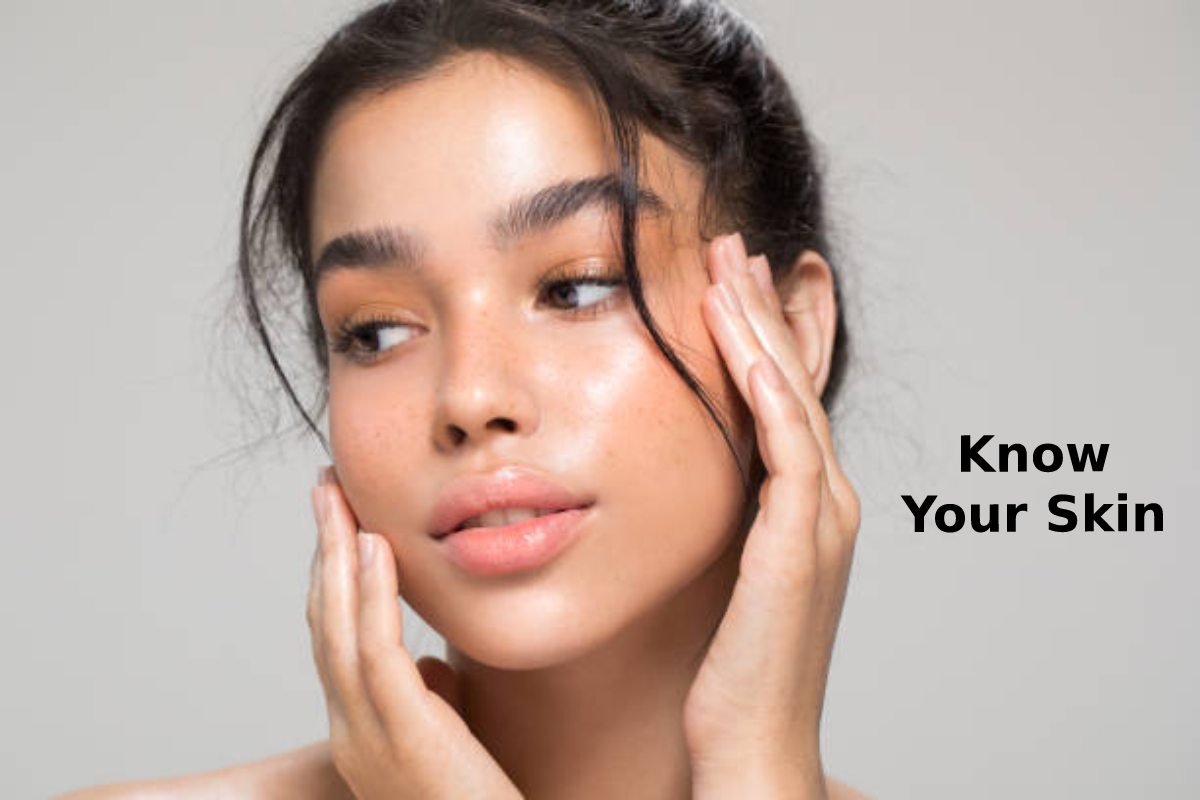Know Your Skin – We have always heard that our skin is unique, but is it? At the beginning of the 20th century, it would have been no since the skin into four types: dry, combination, oily and sensitive. Quick response for all those looking for a solution to their problems. Effective? Yes, roughly. Thanks to the new knowledge discovered over time, it would be a generalized adaptation.
Currently, classifying the skin into four types as it was more than a century ago is obsolete. Scientific advances, new technologies and the discovery of fresh active ingredients demonstrate that skin is not only dry, combination, oily or sensitive, but we are talking about resistance, elasticity, pigmentation, hyperpigmentation, sensitivity, etc.
Because of this you can have dry, wrinkled, and pigmented skin, just as you can have oily, sensitive, dehydrated, and wrinkle-free skin. Therefore, we have not left aside the initial classification. Still, instead, we have complemented them with skin concerns, which can change temporarily or permanently depending on the time of year, day-to-day stress, hormonal changes, etc.
Table of Contents
Functions Of The Skin
The skin, apart from protecting us, has other main functions:
BARRIER FUNCTION. The primary function: protect us. The skin protects the organs, the internal tissues and even the bones from being exposed to the outside world. In addition, it acts as a barrier since it is the organism that is in direct contact with the outside. It protects us against external aggressions (the sun, cold, pollution, blows, etc.) and defends us against germs and their penetration into the body.
THERMOREGULATING FUNCTION Also allows and maintains our body temperature thanks to the blood vessels by eliminating sweat with perspiration.
ENDOCRINE REGULATION. The skin has the job of absorbing vitamin D from the sun and transforming it so that the body can use it. This vitamin collaborates in bone regeneration, protects against chronic diseases, etc.
REGULATES SUBSTANCES. It absorbs the substances necessary for the proper functioning of the body and eliminates those that are not.
THE SENSATIONS. Many nerve endings allow us to have sensitivity when touching objects, measuring temperatures or pain.
ENABLES GROWTH. The elastic possessions of the skin and the tissues in the body allow the body to grow and change.
THE SKIN BREATHES. The body absorbs oxygen, nitrogen and other necessary substances through the skin.
Layers Of Skin – Know Your Skin
The skin up of the epidermis, Know Your Skin the dermis and the hypodermis. And below all of them, we find the muscle:
- EPIDERMIS. It is the outermost layer made up of layers of cells. We explain their strata in the next section.
- DERMIS. It is the connective tissue, that is, the tissue that establishes a connection with other tissues and serves as a support for different structures of the body. So tissue rich in fibres and abundant intercellular substance. The dermis is the blood and lymphatic vessels, nerve endings, sweat glands, sebaceous glands and hair follicles.
- HYPODERMIS or SUBCUTANEOUS TISSUE. The deepest layer where fat is found.
MUSCLE
The most superficial layer that we “touch,” the epidermis, is made up of five layers:
- STRATUM CORNEUM. So it is the farthest layer of the epidermis and comprises approximately 20 sublayers of flattened dead cells.
- STRATUM LUCIDO Also called transparent layer. It originates only in the thickest parts of the epidermis, for example, the palms of the pointers and the soles of the feet.
- GRANULOUS STRATUM. The cells of this layer cover granules filled with a material called keratohyalin, necessary for the manufacture of keratin.
- SPINY STRATUM. Because of this were formed approximately between 8 and 10 layers of cells of irregular shape. These cells are rich in DNA, essential for protein synthesis, culminating in keratin production. Langerhans cells, part of the resistant system, are also found here. Blisters form in this layer.
- GERMINATIVE OR BASAL STRATUM. They by cylindrical cells that move towards. The upper layers of the epidermis. They shed on the skin surface during desquamation. Melanocytes are responsible for the pigment responsible for colouring and tanning the skin, melanin. While the Merkel cells, associated with nerve fibres, transmit part of the touch. It is separated from the dermis by the basement membrane.
Before or the skin barrier to function correctly, it must balance. Its main components are ceramides, fatty acids and cholesterol.
The Baumann Study And Skin Types
The 2005 Baumann Study is the latest classification of skin types, classifying skin into 16 so possible combinations. It is according to:
- Hydration ( Dry Skin (D) or Oily Skin (O))
- Sensitivity ( Sensitive (S) or Resistant (R))
- The pigmentation of the skin (Pigmented (P) or Non-Pigmented (N))
- The elasticity of the skin / the wrinkles in the skin (Wrinkled (W) or Without Wrinkles (T)

